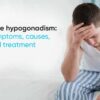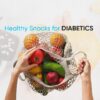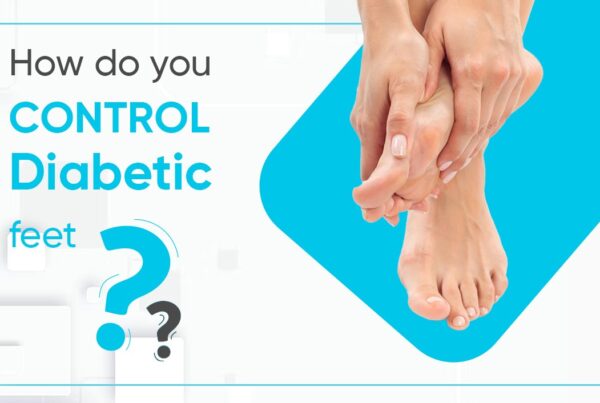Sleep Disorder In Young Adults
Sleep plays a vital role in preserving health and well-being in adolescents and young adults, and this relationship has become more widely recognized. Many doctors see young people who have symptoms or illnesses which are related to sleep deprivation. The importance of sleep in preserving one’s health and well-being is becoming more widely acknowledged. Sleep serves a variety of purposes, like stimulating growth, learning, and mental development. It also plays a role in immunity, and researchers have confirmed a connection between sleep deprivation and adult heart disease.
Many adult doctors come across youngsters who have symptoms or illnesses related to sleep deprivation or exhaustion. If the practitioner does not put sleep first, the root problem is likely to go unnoticed, resulting in inadequate treatment plans if the underlying cause is not discussed.
Sleep issues can leave some teenagers awake at night, even though they want to sleep. Those sleepless nights can add up to a sleep deficit over time. People who don’t get enough sleep find it difficult to focus, learn and work efficiently. They could also suffer from mental issues like depression.
Biological aspects of adolescent sleep
The World Health Organization defines adolescents and young adults as those between the ages of 10 and 24. Many changes occur throughout this time of growth and maturation, with brain maturation continuing throughout. It’s not shocking, then, that the biology and sleep patterns of people in this age group vary.
Adolescents are known to have a biological lag in the onset of sleep, which might cause them to remain awake longer. As shown by studies it is more often found in older adolescents.
Adolescents that have a lower desire to sleep remain awake longer, resulting in shorter sleep periods. It is especially apparent during school years, as the amount of time taken to get ready for the school day stays unchanged. However, this demographic group’s sleep requirements have not decreased, resulting in a state of relative sleep deprivation as compared to the adults.
Delayed sleep phase syndrome
Young adults are susceptible to specific sleep disorders, the most prevalent of which is delayed sleep phase syndrome. It begins in puberty and can last into young adulthood; it is estimated that 7% of adolescents are affected. Delayed sleep phase syndrome is an abnormal change in the usual delay in sleep onset which happens at this age; people affected will usually go to bed between 1 am and 4 am and wake up much later. If the individual’s everyday schedules do not compensate for a late awakening, it results in severe sleep loss. Treatment entails adjusting the sleep cycle gradually and using bright light therapy in the mornings while avoiding bright light in the evenings.
Obstructive sleep apnea
Since the airway narrows or becomes plugged during sleep, a person with obstructive sleep apnea momentarily ceases breathing. Swollen tonsils or adenoids are a common cause of obstructive sleep apnea. It can also be if they are obese. Snoring, breathing difficulties, and heavy sweating are all symptoms of this sleep disorder. Due to the disruption of sleep, a person could feel drowsy or irritable during the day. People who exhibit symptoms of obstructive sleep apnea, like loud snoring or prolonged daytime sleepiness must consult a physician.
Periodic limb movement disorder
Periodic limb movement disorder is a sleep disorder in which the patient shifts his or her limbs unconsciously and regularly while sleeping and experiences signs or complications as a result of it. The motions usually happen for about 20 to 40 seconds and can last minutes or hours at a time. People with PLMD are completely unaware that their limbs are shifting. They can’t stop or manage the motions. They are always exhausted and cranky when they wake up.PLMD is treatable by doctors. It can be managed by fixing an iron deficiency or for others medications may be needed.
The link between sleep and healthy living
It’s vital to know that sleep and health have a bidirectional relationship, and understanding the complexities of this relationship is beneficial when evaluating sleep in clinical practice. Sleep fragmentation, in which people have trouble staying asleep and thus feel unrefreshed, maybe an early sign of patient developing sleep issues. Further health effects of poor sleep, such as daytime drowsiness, impaired memory, and poor mood, can result from this sleep disruption.
Sleep fragmentation could be caused by an underlying health problem like obstructive sleep apnea, it’s this bidirectional relationship that needs to be taken into account. Furthermore, since the relationship between sleep and health in young adults could have a long-term effect, all doctors who treat this patient group should be aware of it.
How sleep affects mental Health
When it comes to the impact of depression on sleep, adolescents are no different than adults. Likewise, anxiety disorders affect sleep, but it is worth noting that the reality of this connection is unclear. A complaint of insufficient sleep, for instance, could be a sign of a serious mood disorder, and those suffering from depression could have a distorted self-recall of sleep quality or duration. As a result, a shorter sleep period may be a risk factor for depression.
The association between adolescent sleep disorders and the creation of risk-taking behavior has aroused researchers’ interest in the last decade. According to research Sleep deprivation has been linked to an increased probability of health-risk behaviors like drugs, drinking, abuse, and smoking.
Sleep or Fatigue
It’s wise to think whether there’s a difference between feeling exhausted or sleepy since tiredness could be used to explain either of these symptoms. Sleepiness refers to a feeling of being prone to fall asleep, while exhaustion refers to a feeling of being tired when engaging in otherwise usual activities. Understanding which symptom is present can aid in the management of the root issue, even though identifying them can be difficult at times.
Chronically fatigued during adolescence and young adulthood is a common complaint, especially during this time of development when physical demands such as growth and development are combined with cultural, academic, and occupational demands.
Conclusion
The evaluation of sleep necessitates an appreciation of the numerous factors that can influence it, some of which have already been discussed. It’s important to remember that during this time of growth, development, and maturation, these influences and their interactions will alter. These factors can be identified by taking a comprehensive sleep history, and then further evaluation can be performed. Improved understanding of the value of sleep and the evaluation of sleep in routine clinical practice will aid in the detection and management of symptoms before they become more severe.









